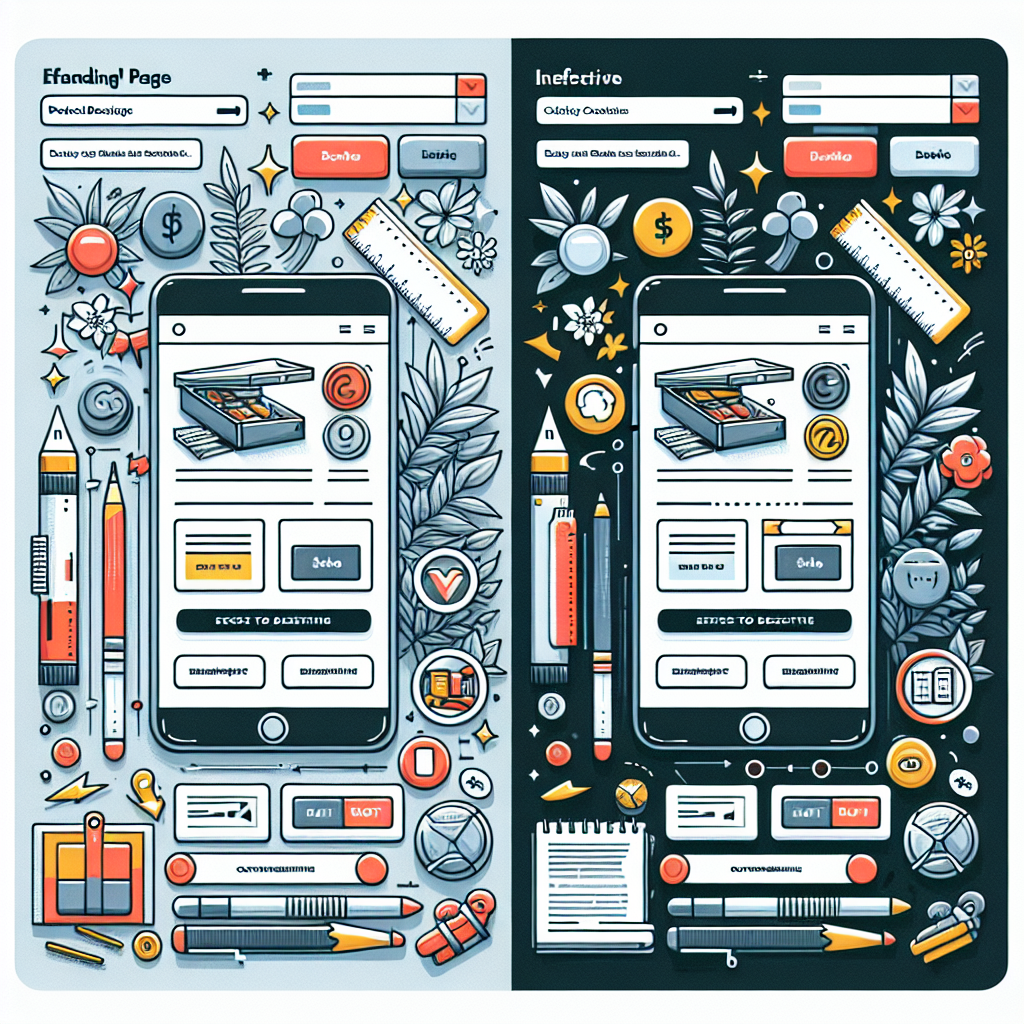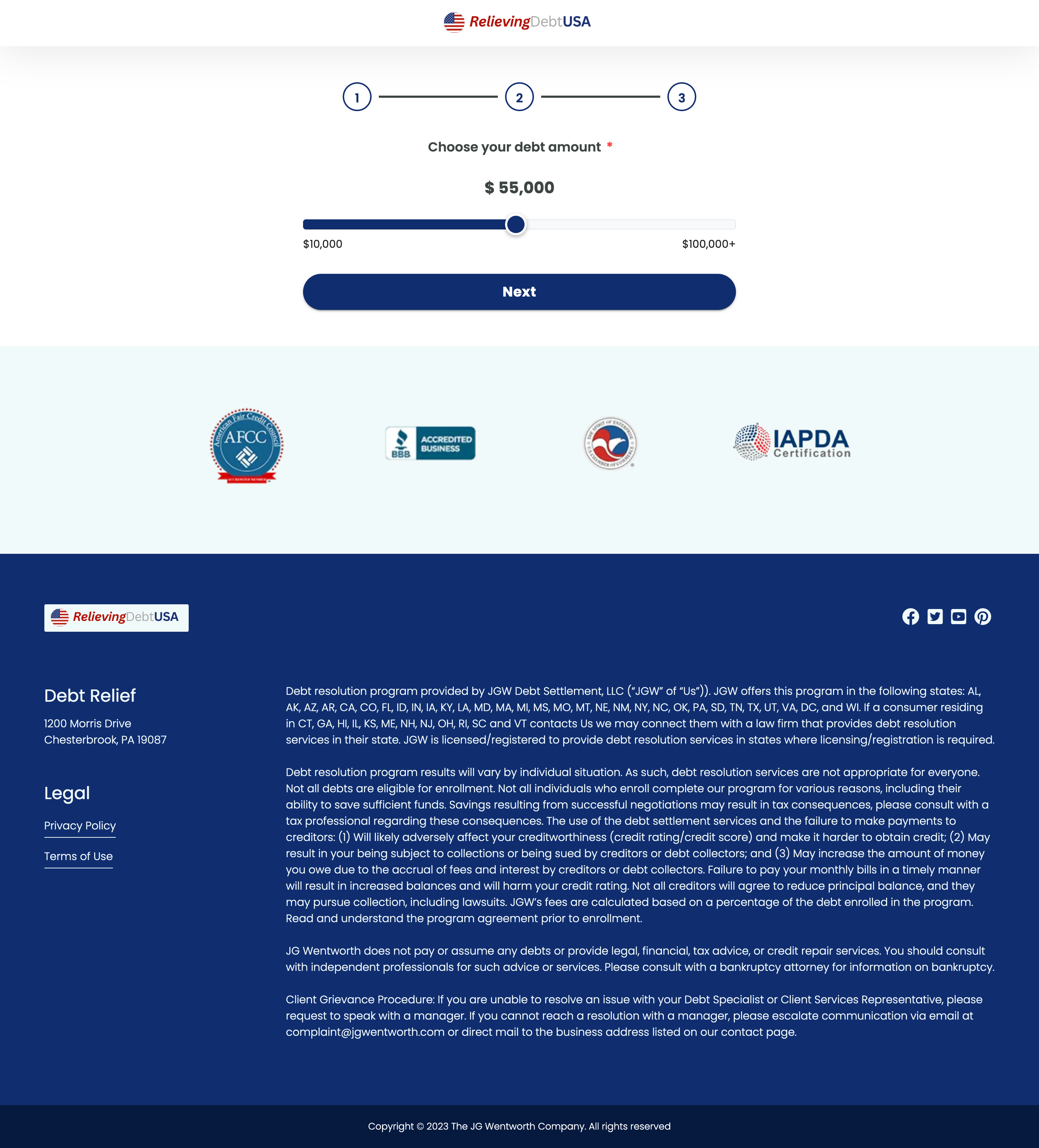Landing Page Design for E-Commerce: What Works and What Doesn’t
Creating an effective landing page for e-commerce is crucial to converting site visitors into paying customers. A well-designed landing page can significantly boost your sales and enhance user experience. This comprehensive guide examines the key elements of effective landing pages, what works well, and common pitfalls to avoid.
Table of Contents
- Introduction
- Key Elements of a Successful E-commerce Landing Page
- Effective Design Strategies
- Common Mistakes to Avoid
- Conclusion
- Resources
Introduction
Landing pages are standalone webpages designed specifically for marketing or advertising. In the context of e-commerce, they are often designed to drive traffic from online advertisements and convert visitors into customers. Understanding the nuances of what makes a successful landing page can directly impact the performance of your marketing campaigns.
Key Elements of a Successful E-commerce Landing Page
Compelling Headline
The headline is the first thing visitors will notice. It should be attention-grabbing and clearly communicate the value or offer. A compelling headline is short, benefit-driven, and relates directly to the user’s needs or search intent. Use action-oriented language and ensure it aligns with the ad copy that brought the visitor to your page.
High-Quality Visuals
Visuals are critical to capturing attention and engaging users. Use high-quality images or videos that are relevant to the products or services you’re offering. Images should showcase products clearly, capturing essential details and appealing aesthetics. Avoid stock photos that do not resonate with your brand’s identity. Videos that demonstrate product usage or customer testimonials can also enhance persuasive impact.
Strong Call-to-Action
A call-to-action (CTA) should guide users to the next step smoothly. It should be prominently placed, visually distinct, and use persuasive language. Use action-oriented verbs and create a sense of urgency or exclusivity. The CTA button should contrast with the page’s background to stand out, ensuring it’s easily clickable across devices.
Effective Design Strategies
Strategic design plays a crucial role in user interaction. Effective landing pages often use fewer elements to reduce distraction, incorporate whitespace to improve readability, and employ a hierarchy to guide user focus. Use responsive design to ensure accessibility across different devices, since mobile traffic constitutes a large portion of e-commerce visits.
Common Mistakes to Avoid
Overcrowded Designs: Avoid cluttering the page with too much information or too many elements. It can overwhelm users and diminish conversion rates.
Inconsistent Messaging: Ensure that the messaging on your landing page aligns with the ads and marketing campaigns that directed traffic there.
Ignoring Page Load Time: Fast-loading pages improve user experience, reduce bounce rates, and can improve search engine ranking. Optimize images and scripts to enhance page speed.
Conclusion
Designing an effective landing page requires a blend of visual aesthetics, psychology, and strategic messaging. By focusing on compelling headlines, engaging visuals, and strong CTAs, while avoiding common design pitfalls, you can create landing pages that not only attract but also convert your audience.
Resources
For e-commerce businesses looking to understand their competition or create effective marketing strategies, using a landing page ripper tool can offer significant insights. It enables you to capture, download, and analyze landing page designs efficiently, enhancing your capability to craft better landing pages.









